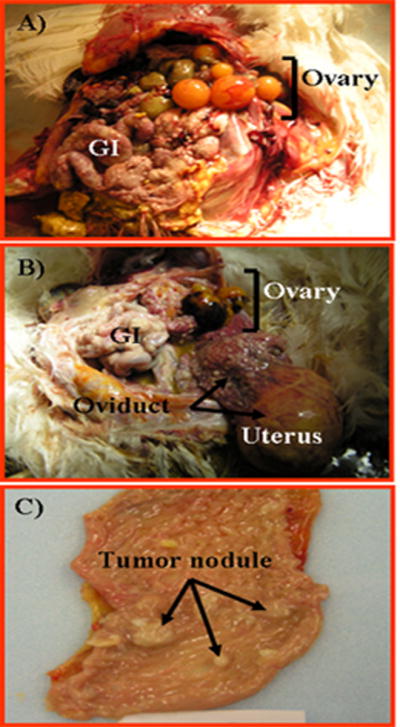First I must warn you. Don't look at these if you have a weak stomach.
This is not an emergency as this bird is obviously no longer living but when I get strange happenings like this, I want to keep a record of them.
This is not an emergency as this bird is obviously no longer living but when I get strange happenings like this, I want to keep a record of them.




